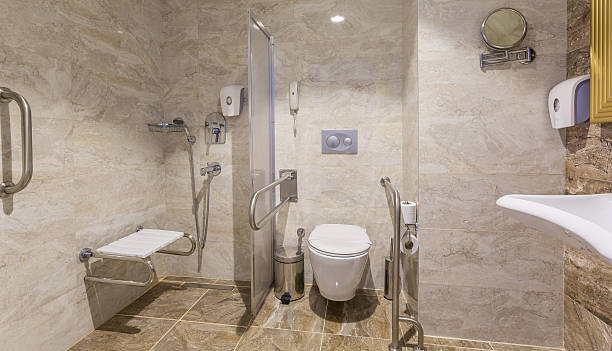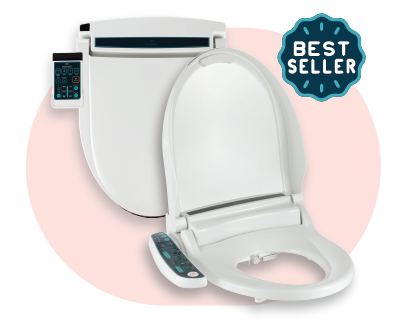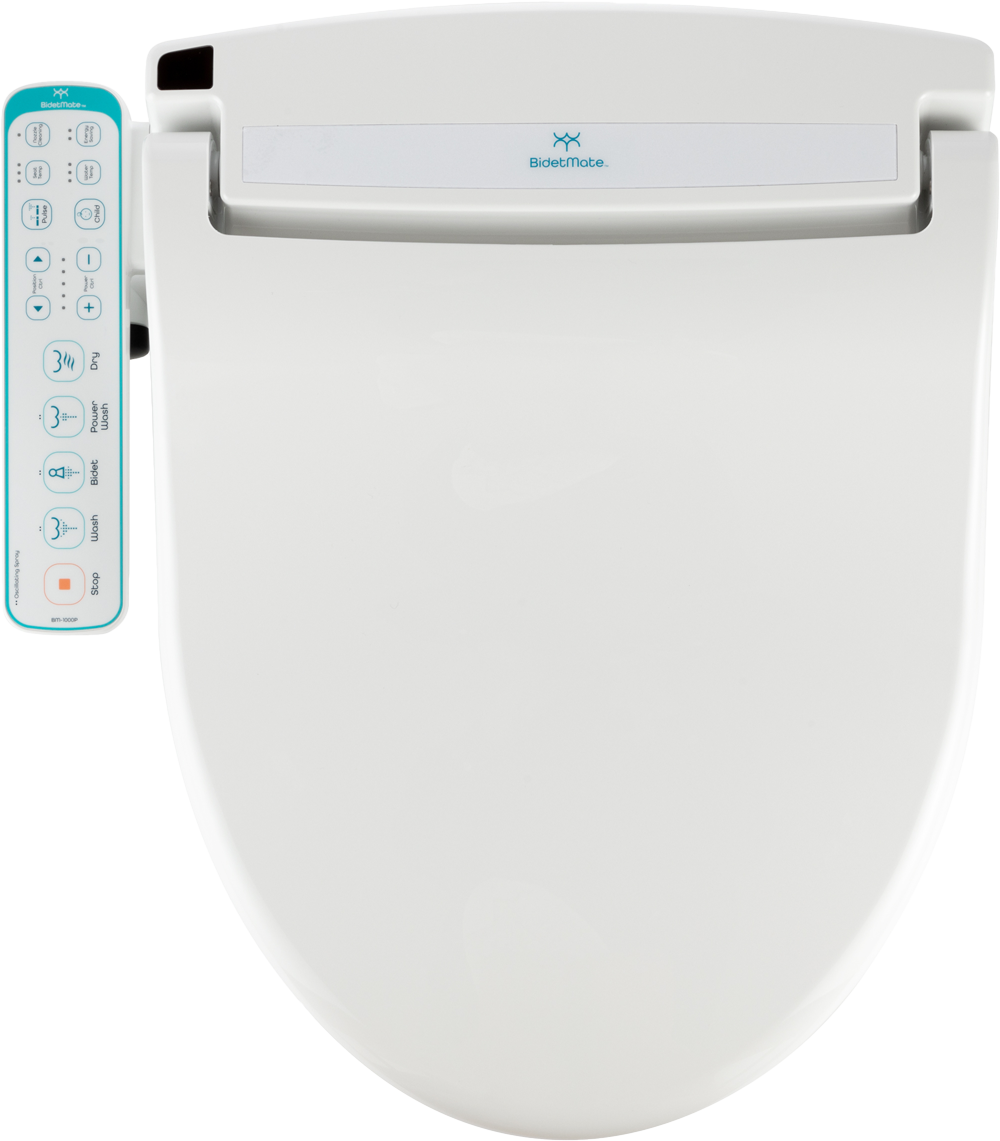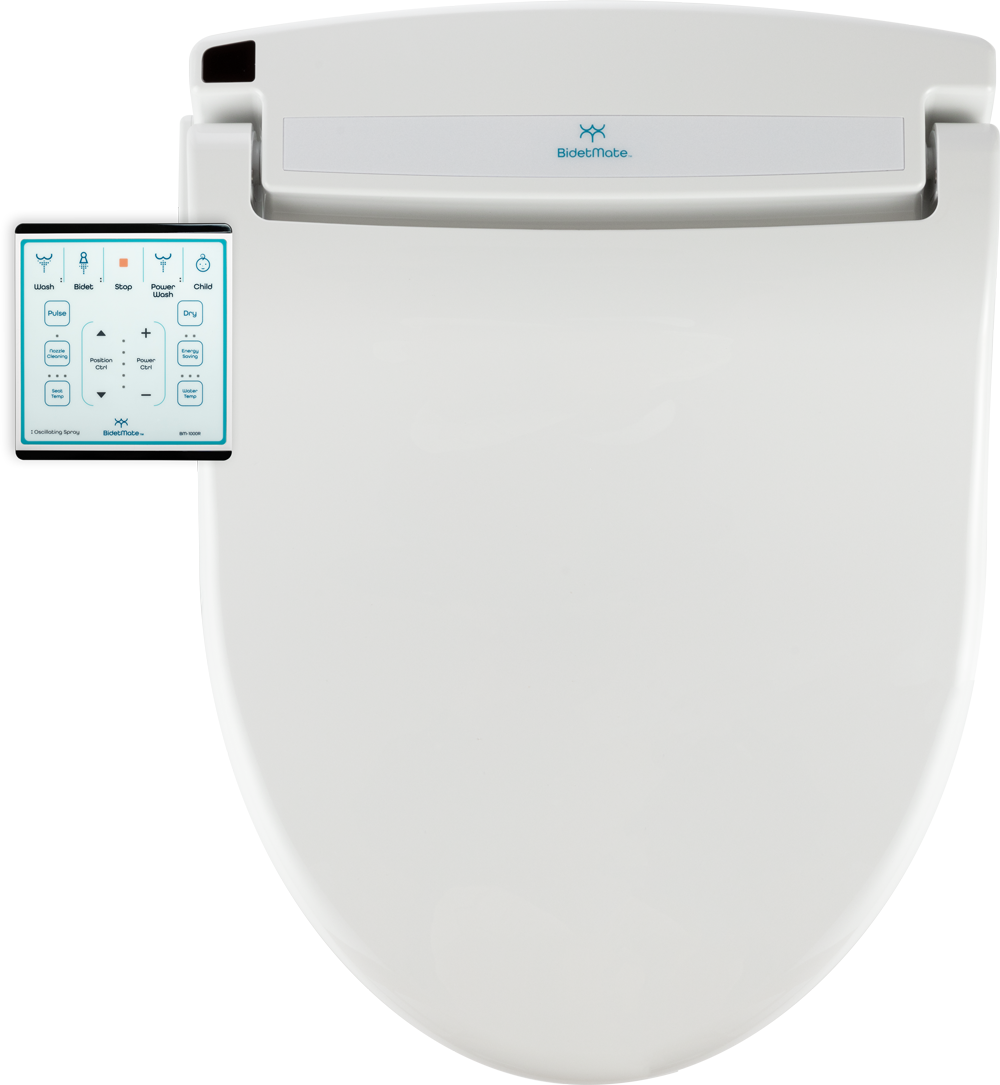Accessible Bathrooms: Designing for Aging in Place and Mobility Challenges
Posted by Jeffrey B on 22nd Feb 2024
As we age, our homes need to evolve to meet our changing needs. One area that often requires special attention is the bathroom. For many, the simple act of bathing or using the toilet can become increasingly difficult due to mobility challenges. However, with thoughtful design and consideration, bathrooms can be transformed into safe and accessible spaces that allow individuals to age in place comfortably and with dignity.
The Importance of Accessible Bathrooms
The bathroom is one of the most frequently used rooms in any home, and it's also one of the most dangerous, especially for older adults and those with mobility issues. Slippery surfaces, cramped spaces, and hard-to-reach fixtures can all pose significant hazards. According to the Centers for Disease Control and Prevention (CDC), falls are the leading cause of injury-related deaths among older adults, with many of these falls occurring in the bathroom.
Creating an accessible bathroom isn't just about adding grab bars or non-slip mats; it's about thoughtful design that considers the needs and limitations of individuals with varying degrees of mobility. By implementing universal design principles, bathrooms can be made safer and more functional for everyone, regardless of age or ability.
Key Design Considerations
1. Wheelchair Accessibility:
- Ensure there is enough space for a wheelchair to maneuver comfortably.
- Install a curbless shower or a roll-in shower with grab bars for easy access.
- Lower countertops and sinks to accommodate wheelchair users.
2. Grab Bars and Handrails:
- Install sturdy grab bars near the toilet, shower, and bathtub to provide support and stability.
- Opt for grab bars that can support a significant amount of weight and are securely anchored to the wall.
3. Non-Slip Surfaces:
- Choose flooring materials that offer good traction, such as textured tiles or non-slip vinyl.
- Use bathmats with non-skid backing to prevent slips and falls.
4. Accessible Fixtures:
- Install lever-style faucets and door handles that are easier to operate for individuals with limited dexterity.
- Opt for adjustable-height showerheads and handheld shower wands for added convenience.
5. Good Lighting:
- Ensure the bathroom is well-lit to reduce the risk of falls.
- Install task lighting above the sink and in the shower area for improved visibility.
6. Accessible Storage:
- Use open shelving or pull-out drawers that are easy to reach.
- Avoid high cabinets or shelves that require stretching or bending to access.
Creating an accessible bathroom is not only a matter of convenience but also one of safety and independence. By incorporating thoughtful design elements that cater to the needs of individuals with mobility challenges, bathrooms can become welcoming spaces where people can maintain their dignity and autonomy as they age.
Whether it's installing grab bars, choosing non-slip flooring, or adjusting the height of fixtures, there are numerous ways to make bathrooms more accessible. By prioritizing universal design principles, we can create spaces that accommodate the needs of all individuals, regardless of age or ability, and enable them to continue living independently in their homes for as long as possible.













 END Shopper Approved - templates/layout/base.html
END Shopper Approved - templates/layout/base.html